Table of content
Cleaning fresh sea worms, also known as sandworms or marine annelids, can be a daunting task for those unfamiliar with the process. These delicate creatures, often found buried in the sandy seabed, come with a unique challenge: they can harbor sand, grit, and other debris within their bodies. Proper cleaning is essential not only for culinary purposes but also to ensure food safety. This comprehensive guide will walk you through the step-by-step process of how to thoroughly clean fresh sea worms, ensuring they are ready for your favorite recipes.
Understanding Sea Worms
Before diving into the cleaning process, it’s crucial to understand a bit about sea worms. These marine invertebrates are elongated, tube-like creatures with a segmented body. They are highly valued in certain cuisines, particularly in Asian countries like China and Korea, where they are prized for their unique texture and flavor. However, their habitat—the sandy seabed—means they can easily accumulate sand and impurities.
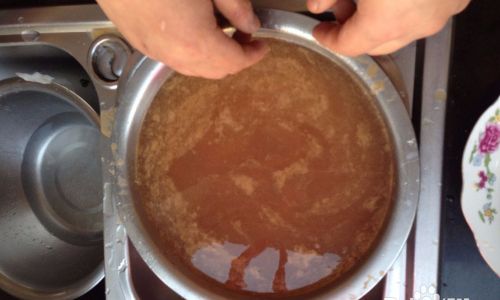
Importance of Proper Cleaning
Cleaning sea worms is not just about removing visible dirt. It’s about ensuring that all traces of sand, grit, and potential contaminants are removed. Consuming improperly cleaned sea worms can lead to an unpleasant eating experience, dental damage, and even digestive issues. Therefore, taking the time to clean them properly is a necessity, not an option.
Equipment and Supplies Needed
Before starting, gather the following equipment and supplies:
- Fresh sea worms
- A large bowl or container
- Running water (preferably cold and clean)
- A sharp knife (for trimming)
- A pair of tweezers or small forceps
- A clean kitchen towel or paper towels
- A cutting board
- Salt (optional, for additional cleaning)
Step-by-Step Cleaning Process
Step 1: Preparation and Initial Rinse
-
Inspection: Begin by inspecting the sea worms carefully. Look for any visible injuries, discoloration, or foreign objects. Discard any worms that appear unhealthy or damaged.
-
Rinsing: Place the sea worms in a large bowl or container. Fill it with enough cold, clean water to fully submerge the worms. Allow them to soak for a few minutes, then gently swish them around with your hands. This initial rinse helps to remove any loose debris or sand on the surface.
-
Drain and Repeat: Drain the water from the bowl, discarding it along with any debris that has settled at the bottom. Repeat the rinsing process two or three times until the water runs relatively clear.
Step 2: Detailed Cleaning
-
Trimming: Using a sharp knife, trim off the ends of each sea worm. This includes the head (the thicker, more muscular end) and the tail (the thinner, more delicate end). Trimming helps to remove any dirt or grit that may be trapped in these areas.
-
Internal Cleaning: The most challenging part of cleaning sea worms is removing the sand and grit from their bodies. This requires a more delicate approach.
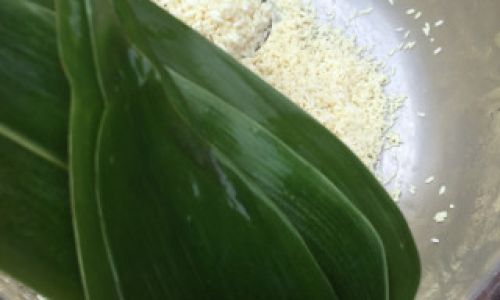
-
Method 1: Saltwater Bath: Some people prefer to soak the worms in a saltwater solution to encourage them to expel sand. Dissolve a small amount of salt (about 1-2 tablespoons) in a bowl of cold water. Submerge the worms and let them soak for about 15-20 minutes. After soaking, rinse them thoroughly under running water.
-
Method 2: Gentle Squeezing: Another method is to gently squeeze each worm from the middle towards the ends. This can help to force out any trapped sand or grit. Be careful not to apply too much pressure, as you don’t want to rupture the worm’s body.
-
Method 3: Running Water Rinse: Hold each worm under running water and gently squeeze it while rinsing. This combination of pressure and water flow can be effective at flushing out sand and debris.
-
-
Inspection and Removal of Residuals: After cleaning, inspect each worm carefully. Use tweezers or small forceps to remove any stubborn sand grains or debris that may still be present.
Step 3: Final Rinse and Preparation
-
Final Rinse: Once all the worms have been thoroughly cleaned, give them a final rinse under cold, clean running water. This ensures that any remaining debris or cleaning solution is removed.
-
Patting Dry: Lay the cleaned worms on a clean kitchen towel or paper towels. Gently pat them dry to remove excess water. Avoid rubbing or squeezing too hard, as this could damage their delicate texture.
-
Storage: If you’re not planning to cook the sea worms immediately, store them in an airtight container lined with a paper towel. Place the container in the refrigerator and use within a day or two for best quality.
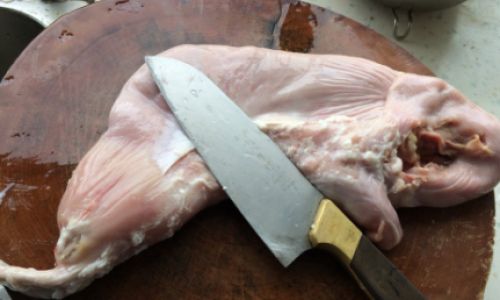
Tips for Successful Cleaning
-
Work Quickly: Sea worms are highly perishable. Work as quickly as possible to minimize the time they spend out of the refrigerator.
-
Use Cold Water: Always use cold water when cleaning sea worms. Warm or hot water can cause them to release more liquid and become slimy.
-
Be Gentle: Handle sea worms gently to avoid damaging their delicate texture. Rough handling can make them tough and unpleasant to eat.
-
Inspect Thoroughly: Take the time to inspect each worm carefully during and after cleaning. This ensures that no sand or grit is left behind.
-
Use Fresh Worms: Whenever possible, use freshly caught sea worms. Older worms may have more sand and debris in their bodies and may be less firm in texture.
Cooking Tips
Once your sea worms are clean, they are ready for cooking. Here are a few tips to help you prepare them perfectly:
-
Stir-Frying: Sea worms are often stir-fried with vegetables, garlic, and soy sauce. The high heat of stir-frying cooks them quickly, preserving their tender texture.
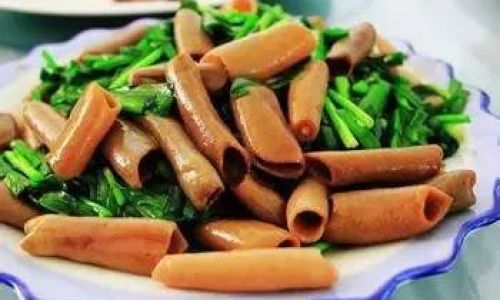
-
Soup and Stews: They can also be added to soups and stews for added flavor and texture. Simmer them gently to avoid overcooking.
-
Grilling: For a unique twist, try grilling sea worms. Brush them with a bit of oil and seasonings, then grill over medium-high heat until they are slightly charred and tender.
-
Sautéing: Sautéing sea worms with butter, garlic, and herbs can create a delicious and elegant dish.
Safety Considerations
-
Food Safety: Always ensure that your sea worms are cooked to a safe internal temperature to kill any potential bacteria or parasites.
-
Allergies: Be aware that sea worms can cause allergic reactions in some people. If you are unsure about your allergy status, consult a healthcare professional before consuming them.
-
Sustainability: When purchasing sea worms, choose sustainable options. Look for suppliers who follow responsible fishing practices to ensure the long-term health of marine ecosystems.
Conclusion
Cleaning fresh sea worms may require a bit of patience and attention to detail, but the effort is well worth it. By following the steps outlined in this guide, you can ensure that your sea worms are thoroughly cleaned and ready for your favorite recipes. Whether you’re stir-frying, souping, grilling, or sautéing, properly cleaned sea worms will provide a delicious and unique culinary experience. Enjoy the process and the meal!

Additional Insights on Sea Worm Culture and Consumption
While sea worms may not be a staple in Western cuisine, they hold a special place in many Asian cultures. In China, for example, they are often served as a delicacy in coastal regions. Known as “hai chang” in Mandarin, sea worms are prized for their chewy texture and mild flavor, which pairs well with a variety of seasonings and ingredients.
In Korean cuisine, sea worms are often used in dishes like bibimbap (a mixed rice dish with vegetables, meat, and a gochujang sauce) and jjamppong (a spicy seafood noodle soup). Their unique texture and flavor add depth to these traditional dishes.
Beyond their culinary uses, sea worms have also been studied for their potential health benefits. Preliminary research suggests that they may contain nutrients like omega-3 fatty acids, protein, and various minerals. However, more research is needed to fully understand their nutritional profile and potential health effects.
As with any seafood, it’s important to source sea worms from reputable suppliers who prioritize sustainability and food safety. Overfishing and habitat destruction can pose threats to marine ecosystems, so choosing responsibly sourced sea worms is crucial for protecting these delicate environments.
In conclusion, cleaning fresh sea worms may seem like a daunting task, but with the right techniques and tools, it can be a rewarding experience. By taking the time to clean them properly, you can enjoy their unique flavor and texture in a variety of delicious dishes. And, as you explore the world of sea worm cuisine, remember to do so responsibly and with an appreciation for the natural wonders of the ocean.
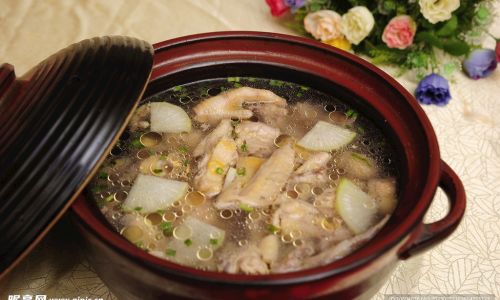




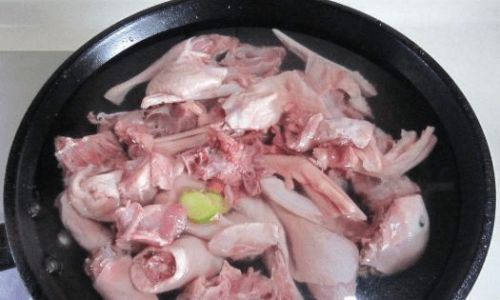
0 comments